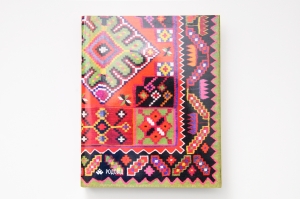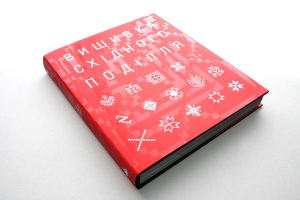PODILLIA KILIMS
Academic studies of the traditional Ukrainian kilims, as well as studies of other traditional art forms, began in the late 19th century, inspired by the first international trade shows in Paris, Chicago, Berlin, and Saint-Petersburg. Ukrainian folk arts—pottery, wood carvings, kilims, and embroidery—were represented at these exhibitions. In the 1900s, buyers from Europe and North America acquired various kilim examples for private collections, some of which later found their place in museums in the UK and the US. Private collections also appeared in the early 20th century in Kyiv, Poltava, Katerynoslav, Chernihiv, and Kharkiv, leading to more academic research on this subject.
However, agreement on the genesis of the kilim ornaments is hard to reach because researchers had no access to complete collections and studies were not made available regularly. Stefan Taranushenko’s monograph Ukrainski Kylymy [Ukrainian Kilims] was written in 1962 and published in 2014 by Rodovid Press. Olena Padovs’ka’s thesis Kylymy Podillia—where she compiled a list of 334 kilims from private and museum collections—was written in 1994 but remains unpublished. Volodymyr Tytarenko, the author of the essay in this book, has traveled the villages and towns in Eastern Podillia (Vinnytsia Oblast) doing field research for 40 years.
The images in this book feature kilims from the private collections and museums including National Folk Decorative Art Museum (Kyiv), National Museum of the History of Ukraine (Kyiv), Vinnytsia Local History Museum, Vinnytsia Regional Museum of Art, Khmelnytskyi Regional History Museum, Zhytomyr Regional History Museum, Museum of Ethnography and Artisan Craftwork at the Institute of Ethnography of the National Academy of Sciences (Lviv), Andrey Sheptytsky National Museum (Lviv), and History Museum (Lviv).
- Cover: Hardback
- Language: Ukrainian with English Summary
- Number of pages: 308
- Parameters: 245 х 305 mm
- Year: 2018
- Category: Monograph, Collections Catalogue
- ISBN: 978-617-7482-15-3
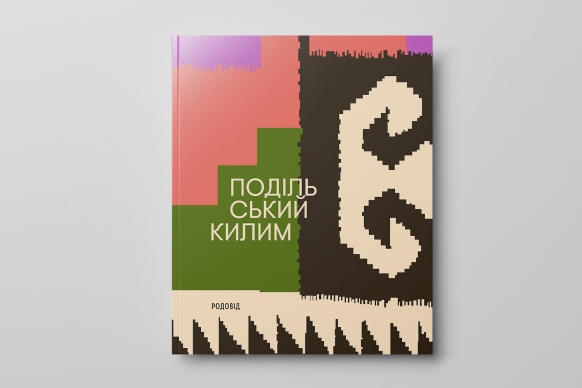


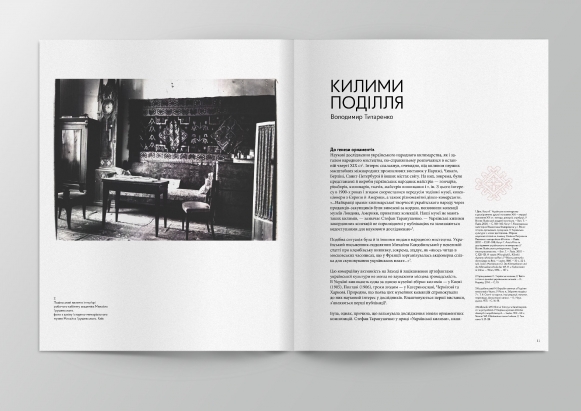
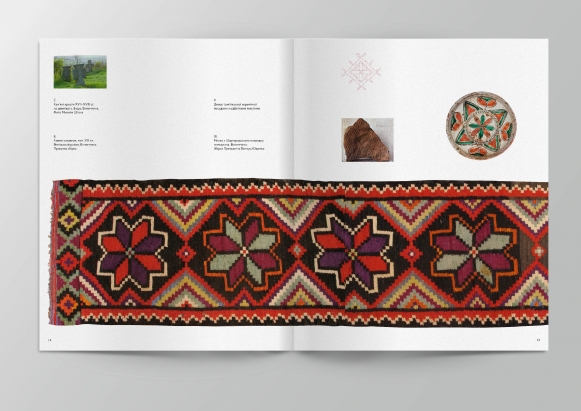
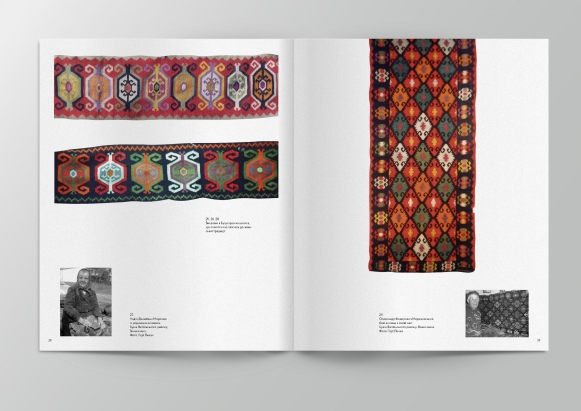

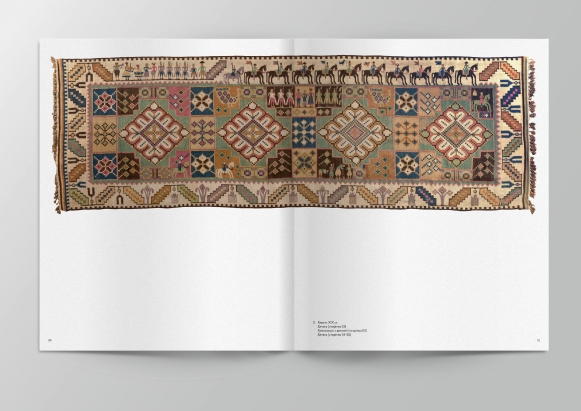
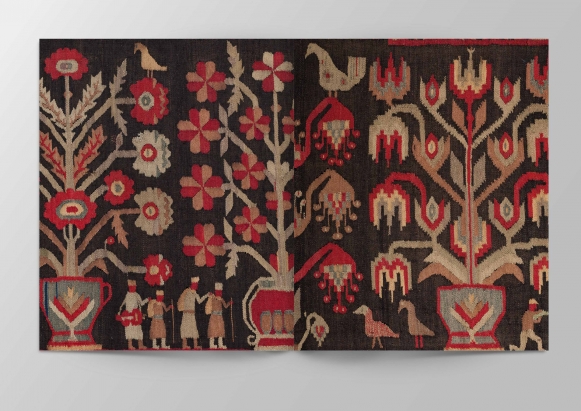
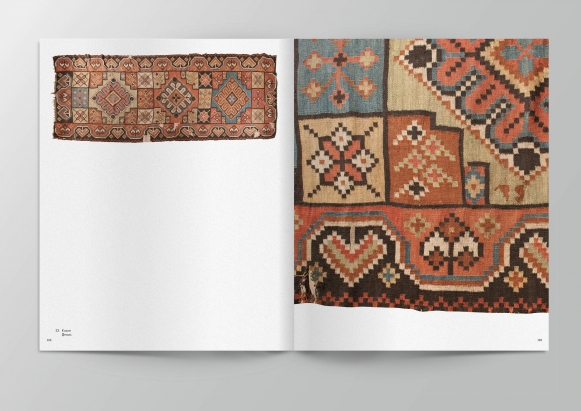

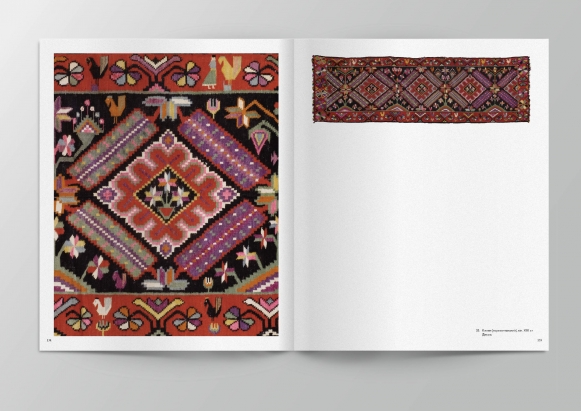
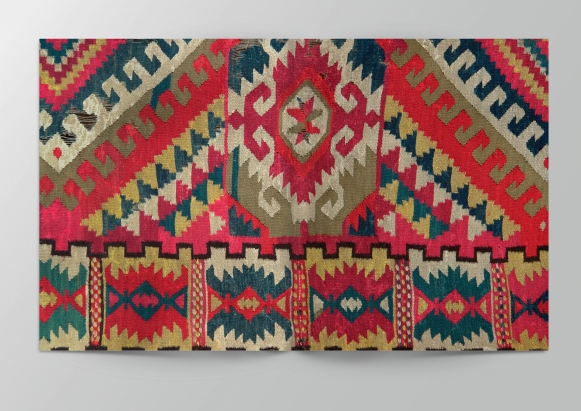

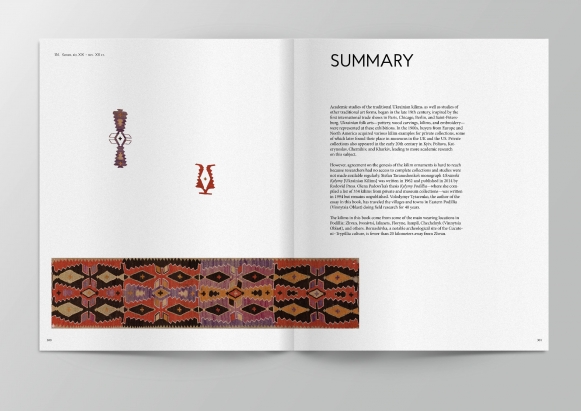

![KVITY I PTAHY v dyzaini ukrainskyh kylymiv [FLOWERS AND BIRDS in Ukrainian Kilim Design]](/upload/media/product_preview/0001/01/thumb_144_product_preview_smaller.jpeg)
